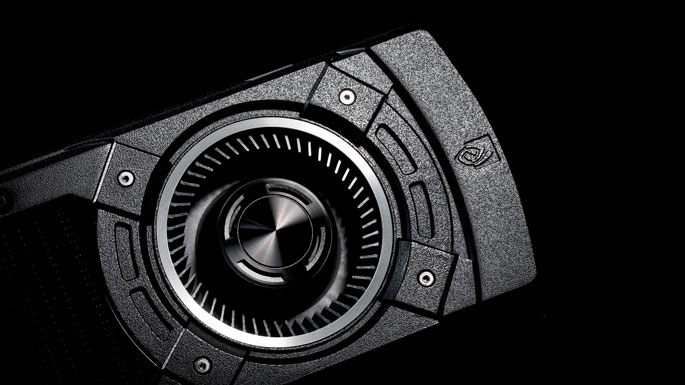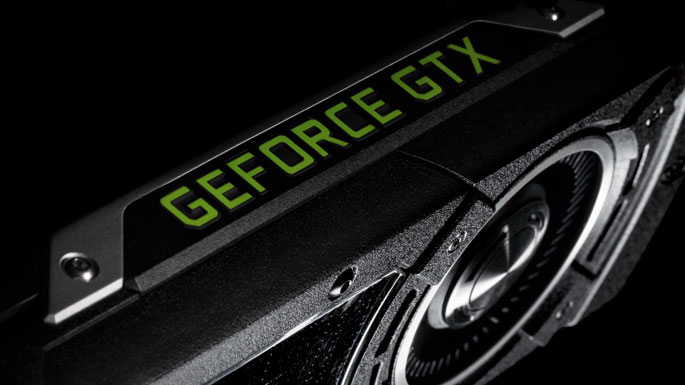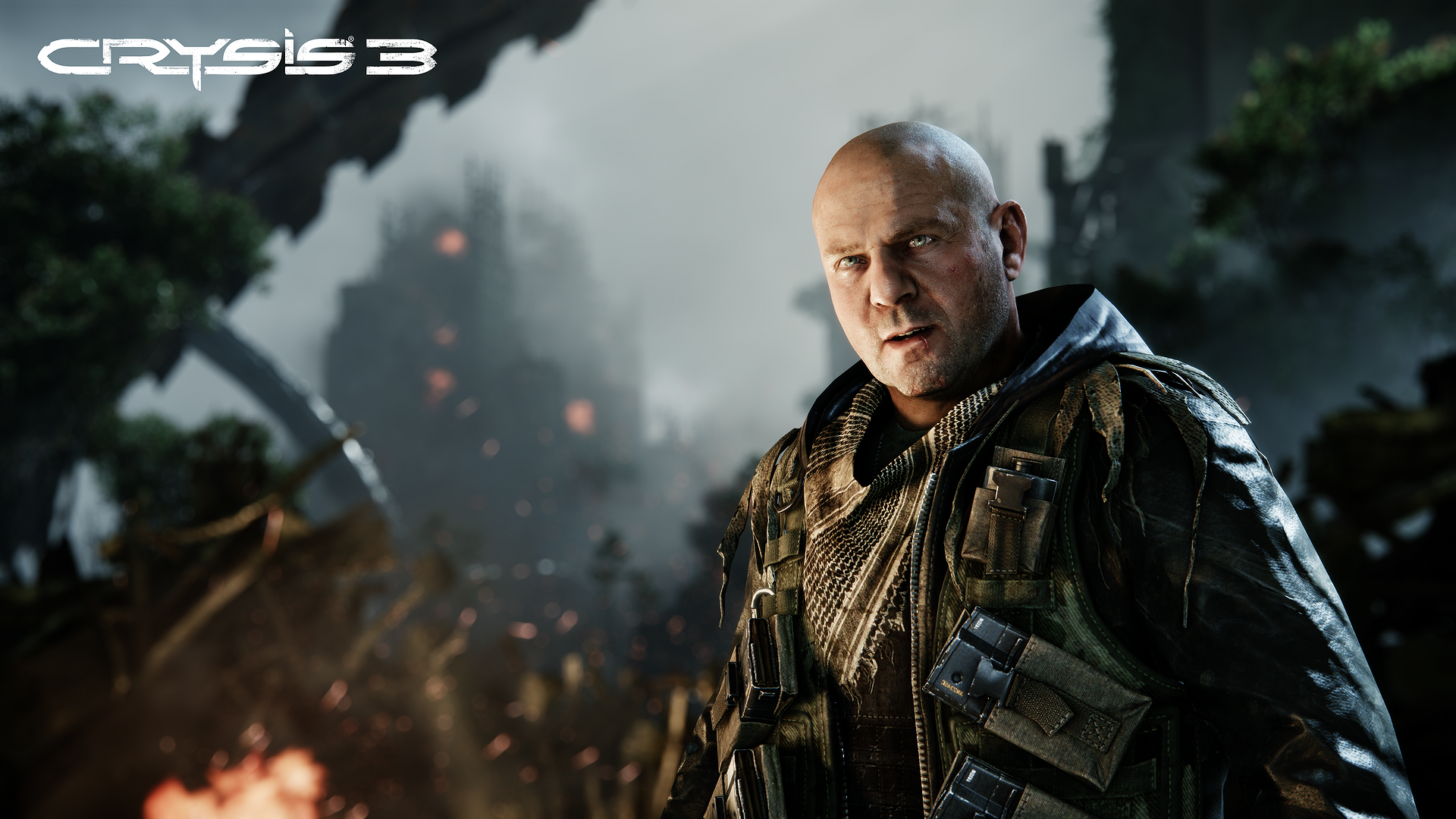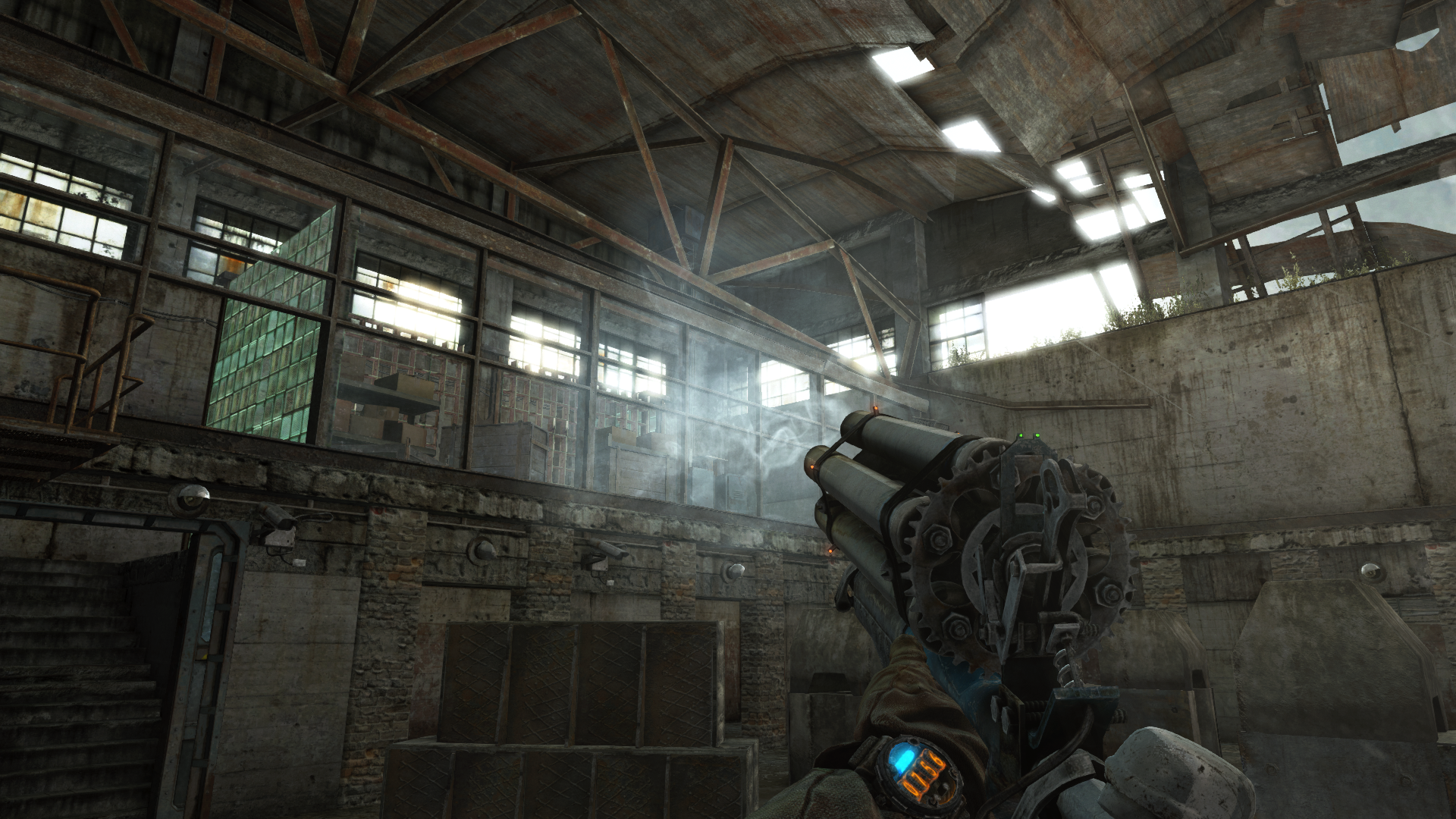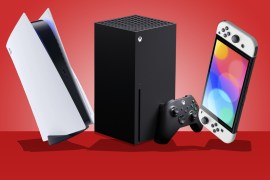Nvidia Titan X review
Yes, we've really reviewed a graphics card. But this one could change the (gaming) world

Graphics cards aren’t really very interesting. There, we’ve said it. Move along, nothing to see here.
Or so we thought. But that was before we spent some time with the Nvidia Titan X: the graphics card with the power to make 4K gaming a reality. Even its name screams excitement – no streams of unmemorable consonants here. No, this is the Titan X. The Titan X.
So for once this is a graphics card worthy of our attention. And if you’re a PC gamer, it’s worthy of yours too.
4K gaming has long been the dream for hardcore PC players, promising massively increased detail and way sharper textures than those you’d find on any piddling PlayStation 4 or Xbox One.
Until now, the processing power and memory required to play the likes of Crysis 3 and Far Cry 4 in 4K at playable frame-rates has meant running multiple top-end graphics cards in tandem: prohibitive in both cost and power-consumption terms.
Enter the Nvidia Titan X, which finally makes 4K gaming possible on a single card. But is that feature alone worth the astronomical £879 asking price?
4k OWNERS ONLY
If the prospect of spending nearly £900 on the Titan X isn’t enough to scare you off, it’s worth bearing in mind that you’ll also need a 1440p or, preferably, 4K monitor to really get the most out of it. While the Titan X will process games at 4K then downscale them to a lower-res display, you’re still going to be missing out if you don’t have at least a 1440 pixels on your display. If that’s the case, save yourself over £400 and buy a GTX 980.
4K screens have come down in price in the last year, but you’re still going to spend upwards of £450 on a decent 4K monitor. Our suggestion would be the Acer Predator 4k2k XB280HK 28-inch Monitor at a shade over £500 – it’s a great monitor, at a decent size, and packs Nvidia’s excellent G-Sync display technology, which displays content from the Titan X without any of that annoying visual tearing you sometimes get with PC games.
For those with all the right equipment, the Titan X is the first single graphics card that can truly run games at 4K res, at high detail settings and at a playable frame rate. There is, though, a relatively big caveat attached to “playable frame rates”: many of you may have gotten used to gaming at 60fps at 1080p. The results we got with the Titan X on games such as Total War: Rome 2, Metro Last Light and Middle-earth: Shadow Of Mordor tended to be in the 30-40fps zone at 4K.
Nvidia’s excellent GeForce Experience software does, however, help you tweak settings to improve your frame rate simply by moving a slider, and you’ll find you don’t really need to use features like antialiasing, which smooths out rough edges, when you’re gaming at such high resolutions. And if you do want to get your hands dirty and go under the hood to tweak settings, you can do this from GeForce Experience as well.
REMEMBER ME
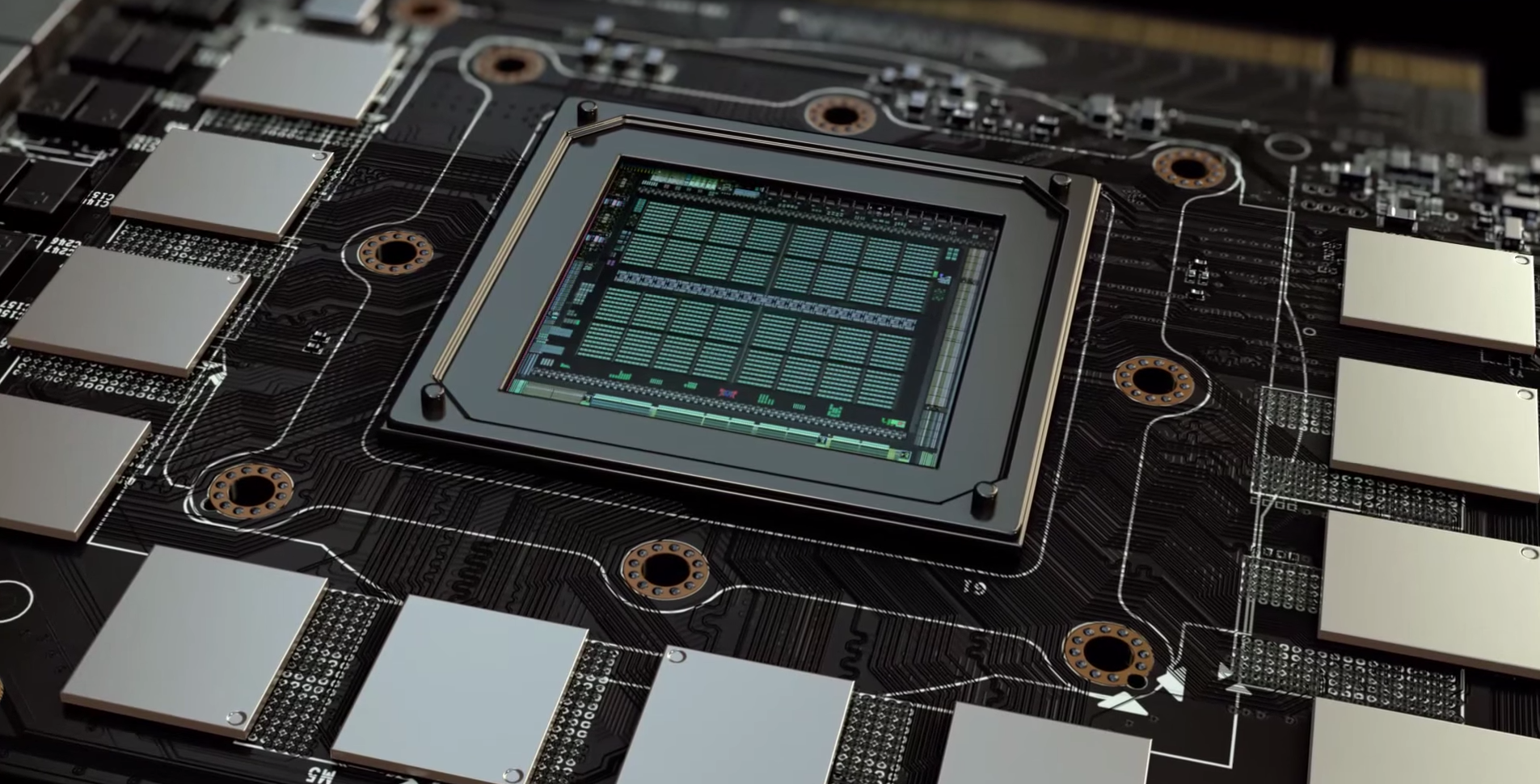
The most obscene part of the Titan X’s makeup is its 12GB of memory, which allows the card to process some seriously massive textures. Developer Monolith made a major splash late last year when its ultra-HD texture pack for Shadow Of Mordor required 6GB of video RAM to work properly. The only people who could really meet this massive requirement were owners of Nvidia’s previous Titan card, the Titan Black.
The Titan X, therefore, gives developers (and you) a bit more headroom for the high-quality texture packs that will no doubt continue to be released for those wanting to play at 4K. It’s an expensive card, but Nvidia has actually done more than we expected by putting in 12GB of memory to future-proof the card for upcoming titles. And in the meantime, that expansive video memory can be used by existing titles as a huge buffer to improve overall texture performance.
WITH GREAT POWER…
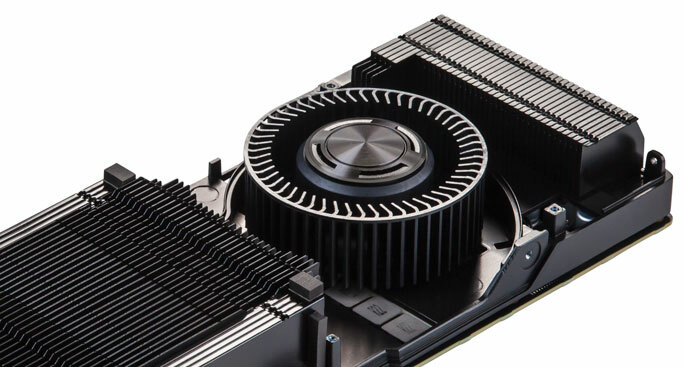
While Nvidia’s previous Titan cards managed to balance extreme processing capability with modest noise levels and power consumption, the Titan X bucks the trend somewhat, with a noticeable whine when you’re gaming at high resolutions. But it does comes and go, and the upside, thankfully, is that the unit’s fans draw in more air than on previous Titan cards, meaning you can overclock more than before: up to 1400MHz over the base clock of 1000MHz.
Power draw is also higher than you might expect next to Nvidia’s GTX 980. Results may vary, but the GTX 980 tends to draw around 250W under load, whereas the Titan X draws around 350W, and up to 400W if you’re overclocking. However, given that you previously needed two or more graphics cards for 4K gaming, the single card Titan X is substantially more power efficient overall.
THE EXPERIENCE
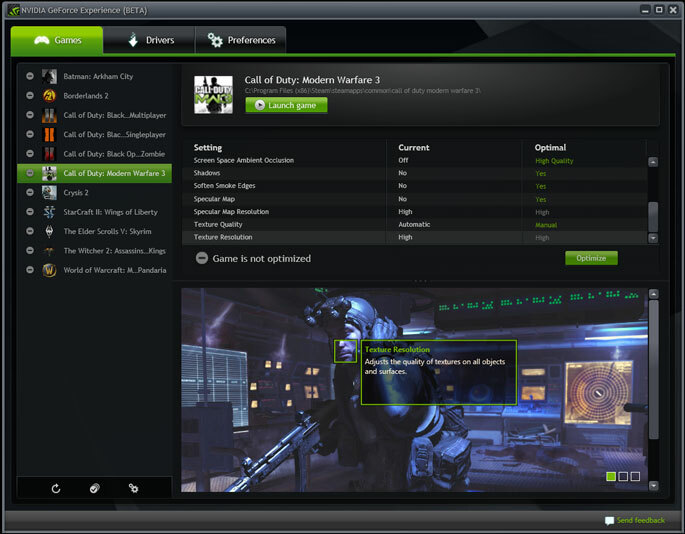
Nvidia users should be familiar with the excellent GeForce Experience software, but it really comes into its own when using the Titan X. The program looks on your computer’s hard drive for games, then figures out what the optimal settings are for each based on your computer’s specification and the data it holds on Nvidia’s servers. The result is a console-like experience for those who want it, and an in-depth suite of options for those who prefer to tinker.
Nvidia has also done an excellent job of bolstering its range of devices to support those who use its hardware in their PCs. We were streaming games from the Titan X in our PC in the office to a Shield console in the living room at 1080p and 60fps. GeForce Experience will also capture and stream your gameplay with minimal impact on gaming performance, and the interface is solidly put together.
THE GAMES
These are the games you want to try running in 4K on your shiny new Titan X:
Middle-earth: Shadow Of Mordor
As well as being a fantastic game that reinvigorated the action-adventure genre, Shadow Of Mordor is one of the best looking and most demanding games on the market. The real killer is the ultra-HD texture pack which you can download for free: it requires a mammoth 6GB of video memory for optimal performance. Thankfully, the Titan X has 12GB.
Even two years on from its original release, Crysis 3 is still the most graphically demanding game on the market, and the one that pushed the Titan X the hardest at 4K. It’s not the best shooter ever made, but it is stunning to look at. Even at 1440p resolution at max settings, it blows the PlayStation 4 and Xbox One out of the water; at 4K, your eyes feel like they need an upgrade to take in all of the extra detail.
4A Games’ in-house graphics engine may not have the kudos of Unreal or CryEngine, but it produces some beautifully decrepit visuals in the Ukranian developer’s post-apocalyptic shooter. It also challenges the Titan X at high resolutions, with some particularly intense graphical effects such as tessellation and GPU-Accelerated PhysX.
NVIDIA TITAN X VERDICT
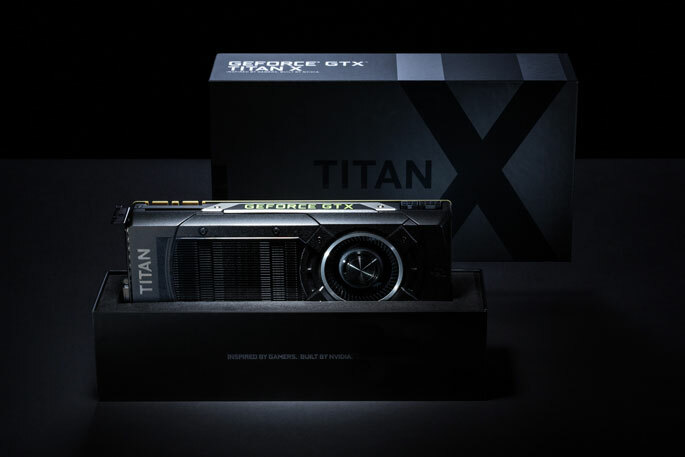
If you’re still running a 1080p gaming monitor, then the Nvidia Titan X is a waste of money. The card’s mammoth processing power and obscene memory only really come into play when you’re gaming at 1440p and above. If you’re still happy at 2K, then save yourself £400 and buy a GTX 980 card instead.
However, if you are on the bleeding edge of PC gaming with a fast machine and a 4K monitor, there’s nothing that can touch the Titan X right now. You might be slightly disappointed that you can’t max out the settings on the latest games and get 60fps, but if you drop things down slightly, the Titan X still produces stunning results at 4K.
Its 12GB of memory in particular future-proofs the card until the next Titan inevitably rolls along next year. For now, this is the finest single graphics card money can buy, a real generational leap over the last Titan card, and a treat for anyone who takes their PC gaming seriously.
Tech specs
| CUDA Cores | 3072 |
| Texture Units | 192 |
| ROPs | 96 |
| Base Clock | 1000MHz |
| Boost Clock | 1075MHz |
| Memory Clock | 3505MHz (7gbps effective) |
| L2 Cache | 3072K |
| Video RAM | 12GB GDDR5 |
| Memory Interface | 384-bit |
| Memory Bandwidh | 336.5GB/s |
Stuff Says…
The Nvidia Titan X is a proper enthusiast’s graphics card, but if you want to game at 4K and have the right gear, there’s nothing better out there.
Good Stuff
The first single-unit 4K graphics card
Incredible 12GB of video RAM
GeForce Experience software makes it easy to tweak settings
Bad Stuff
Audible whine when under load
Frame rates occasionally dip below 30fps at 4K
No games included in the box

